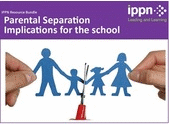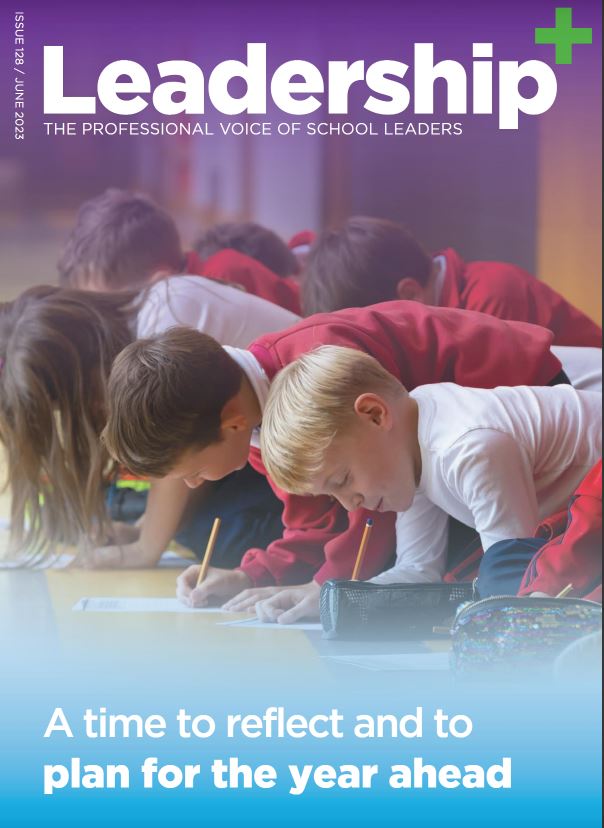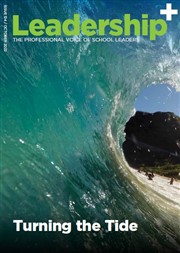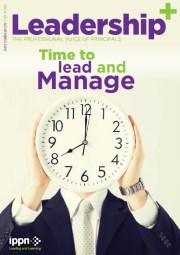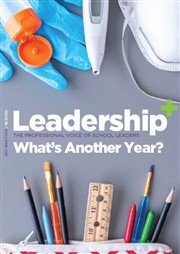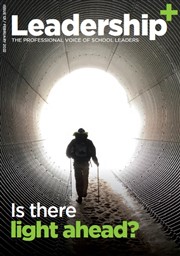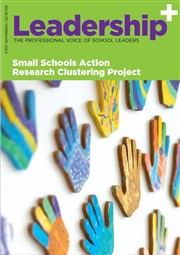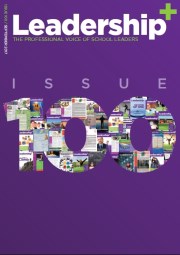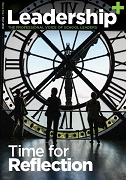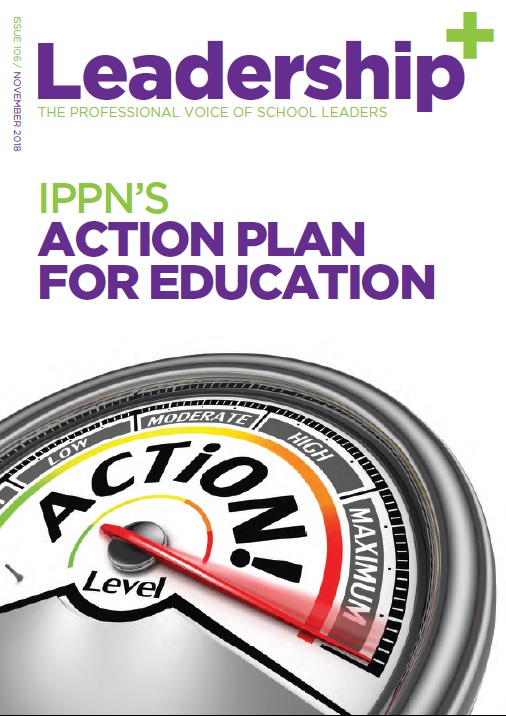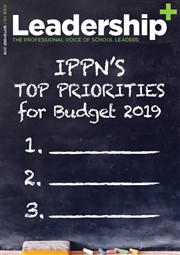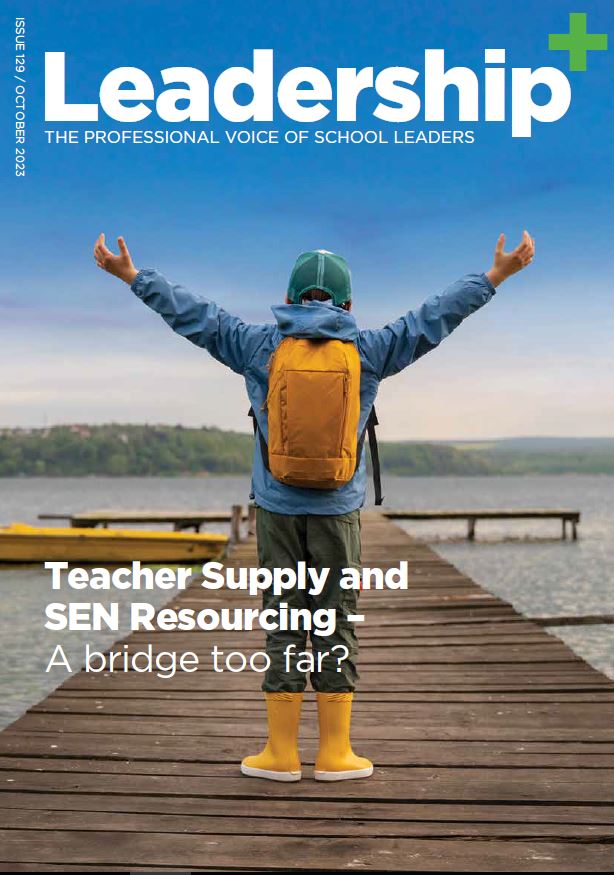Playing with numbers no way to tackle class sizes
- Published: 08 September 2008
By John Carr
PRIMARY school classes in Ireland, like chips from a takeaway, come in three sizes -- regular, large and super-sized. And just like there are major health concerns with super-sized portions of chips, there are major educational concerns with super-sized classes.
In health, especially since Morgan Spurlock's 2004 film 'Super-Size Me', there is widespread acceptance that super-size portions contribute to obesity and other disorders. And there is evidence, particularly when it comes to childhood obesity, that those in positions of power and influence have got the message and are taking action.
Sadly, the same cannot be said in the world of Irish primary education.
Despite research from all over the world that younger pupils do better in smaller classes there has been minimal progress in tackling Ireland's super-sized primary school classes. Today's figures bear this out.
Just over one in 10 Irish children are in regular-sized classes of less than 20 pupils. Regular is a fair description of these classes. Classes of 20 or less are internationally accepted as best practice and most of our EU neighbours have achieved this target. But these countries have done it for all their pupils, not just for 10pc of primary pupils.
Large is an accurate description of classes between 20 and 29 pupils, especially when today's figures show the vast majority of pupils are in classes nearer to 30 than 20.
In these classes teacher time is at a premium, particularly when the majority of classes now comprise children with special needs and/or children for whom English is a second language.
But it is today's figures showing 20pc of Irish primary pupils in classes of 30 pupils or more which provide the clearest evidence of a lack of political will to tackle Ireland's super-sized classes.
And I use the term political will deliberately because there is no doubt that politicians have got the message about super-sized classes.
As far back as 2002, the Programme for Government promised: "Over the next five years we will progressively introduce maximum class guidelines which will ensure that the average size of classes for children under 9 will be below the international best-practice guideline of 20:1."
That promise, which recognised international best practice of less than 20, was abandoned during a time of unprecedented government wealth. In response to more than 200,000 parents who signed a petition calling for action on super-sized classes and 18,000 parents who turned out to meetings to protest about their children being crowded out in super-sized classes, another commitment to smaller classes found its way into the current Programme for Government.
In 2007, a new Programme for Government promised: "We will increase the number of primary teachers by at least 4,000. This will enable us to reduce class sizes. The staffing schedule will be reduced from a general rule of at least one teacher for every 27 pupils in 2007/08, by one point a year, to one for every 24 children by 2010/11.
Twice in five years, the Government recognised the importance of smaller classes and committed to reducing them.
BUT not one of the 4,000 extra teachers have been employed to tackle super-sized classes. Yes there are more teachers in schools, but these are to teach the extra children that are enrolling in schools.
Education Minister Batt O'Keeffe's response is that the Government has reduced the pupil-teacher ratio and that class size is also a matter for the management of individual schools.
Pupil-teacher ratio is totally different to class size. It includes every teacher in non-class teaching roles and bears no relevance to class size.
Although new to the education portfolio, it is simply not credible that the minister is unaware of the difference. Therefore, we can conclude that he is using pupil-teacher ratio figures in a deliberate attempt to cover-up the Government's failure to tackle super-sized classes.
Saying that class size is also a matter for the management of schools is patent nonsense.
Government appoints a class teacher for every 27 pupils. As long as this figure remains so high there will always be pupils in classes of 30 or more. The only solution is to reduce this figure, as promised in the Programme for Government.
Then and only then will we begin to see the end of super-sized classes.Blaming schools for large classes is not like warning people about the dangers of super-sized meals. People have a choice when it comes to buying regular, large or super-sized chips. School boards have no such choice when it comes to class sizes.
The evidence is clear. When there are less than 20 children in a classroom, each pupil gets more attention from the teacher. Fewer pupils distract each other. Reduced class size also reduces the level of noise in a classroom. Each pupil receives a larger portion of the educational resources and consequently each pupil learns more.
In smaller classes, teachers have more flexibility to use different teaching techniques suited to the needs of individual students.
There will always be a minority who refuse to accept research evidence on class size. You'll probably find some of them in the takeaway this evening super-sizing their orders and wondering why their waistlines are expanding!
John Carr is General Secretary of the Irish National Teachers' Organisation





